Explore Our Wellness Blog
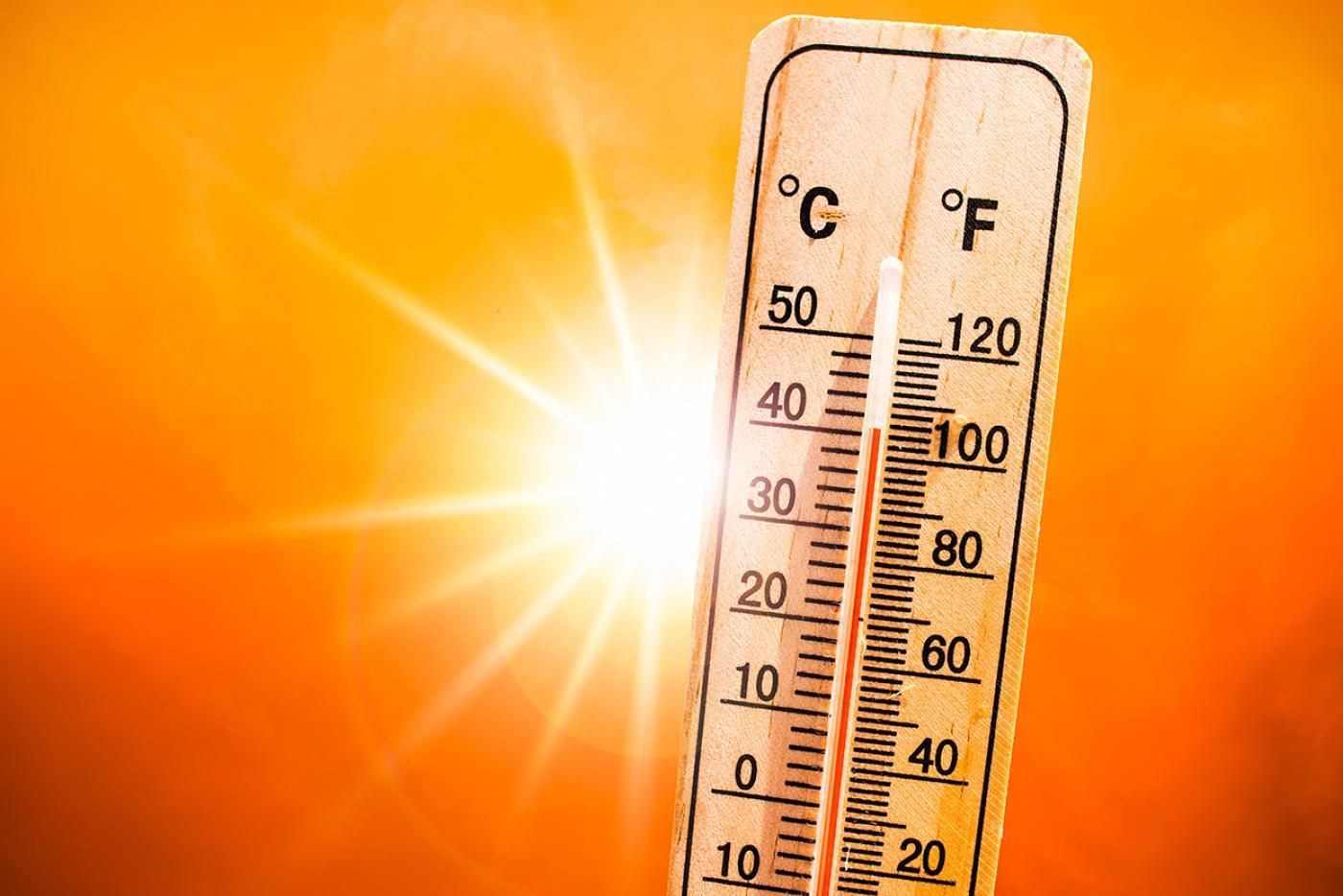
Chuan Xin Lian, known botanically as Andrographis paniculata, is one of the most valued bitter herbs in Traditional Chinese Medicine (TCM). Often called the “King of Bitters,” its strong cooling nature makes it a go-to remedy for clearing heat, resolving toxicity, and supporting the body’s natural defenses. For patients seeking natural approaches to immunity and inflammation, Chuan Xin Lian offers a time-tested solution rooted in centuries of herbal wisdom. In TCM, Chuan Xin Lian enters the Lung, Stomach, Large Intestine, and Small Intestine channels. Its primary actions include clearing heat, drying dampness, and reducing swelling. Practitioners commonly use it for conditions such as sore throat, fever, acute respiratory infections, and digestive discomfort involving heat or damp-heat patterns. Because of its strong bitter and cooling qualities, it helps disperse pathogenic heat while supporting the body’s internal balance. Modern research increasingly highlights Chuan Xin Lian for its antimicrobial, antiviral, and anti-inflammatory properties. Many patients recognize it as an ingredient in popular immune-support herbal blends. When used appropriately, it can shorten the duration of upper respiratory symptoms, ease throat irritation, and support the body during seasonal immune challenges. However, due to its potency, Chuan Xin Lian is not a one-size-fits-all herb. Its intense bitterness and strong cooling nature make proper diagnosis essential. It is best used under the guidance of a licensed acupuncture physician or herbalist, particularly for patients who are constitutionally cold, deficient, or pregnant. For those looking to integrate herbal medicine into their wellness routine, Chuan Xin Lian can be a powerful ally. Whether used alone or combined with other heat-clearing herbs, it embodies the precision and effectiveness of Traditional Chinese Medicine. If you're experiencing symptoms of heat or looking for natural immune support, this herb maybe the right fit for your needs. Dr. Ajay Purohit DTCM spectrumwellcare@gmail.com 407-347-5038

Bladder 40 (Wei Zhong), located at the midpoint of the popliteal crease behind the knee, is one of the most powerful and clinically essential acupuncture points in Traditional Chinese Medicine. Known as the Command Point of the Lower Back, BL40 has been used for centuries to treat lumbar pain, leg tension, heat conditions, and disorders along the Bladder meridian. In TCM theory, the Bladder channel runs from the inner canthus of the eye, down the back, through the sacrum, and along the posterior legs. Because BL40 sits at a major energetic crossroads, stimulating it strongly influences qi and blood circulation throughout the entire channel. This makes it one of the most dependable points for relieving acute and chronic low back pain, sciatica, stiffness, or injury-related tension. Clinically, BL40 is frequently selected for patients who spend long hours standing, lifting, or sitting—common lifestyle patterns that contribute to lumbar stagnation. Needling or acupressure at this point helps relax the sinews, ease muscle spasms, reduce inflammation, and open the channel to encourage smoother flow. For patients with sciatic pain, BL40 often provides rapid relief because of its deep connection to the hamstrings and lower spine. In addition to musculoskeletal benefits, BL40 is also used to clear internal heat. In classical texts, it is noted for helping with skin conditions like eczema, urticaria, and summer heat symptoms. Its ability to cool and move blood makes it a valuable point for detoxification and promoting overall balance. In modern practice, BL40 can be incorporated into treatment plans for athletes, patients with chronic lumbar issues, or anyone experiencing tension along the Bladder channel. Whether used alone or in combination with points like BL23, GB30, or BL60, it remains a cornerstone of effective acupuncture therapy. For individuals seeking natural relief from low back pain or sciatic discomfort, Bladder 40 continues to shine as one of TCM’s most reliable and transformative points. Dr. Ajay Purohit DTCM spectrumwellcare@gmail.com 407-347-5038

In Traditional Chinese Medicine (TCM), Fu Ling (Poria cocos) is one of the most commonly used and versatile herbs. Known as a “spirit-calming” and “dampness-draining” herb, Fu Ling is a type of medicinal fungus that grows around the roots of pine trees. For thousands of years, it has been valued for its gentle yet powerful effects on the body and mind. From a TCM perspective, Fu Ling works primarily on the Spleen, Heart, and Kidney meridians. It helps to strengthen the Spleen, which in TCM governs digestion and the transformation of food into energy. When the Spleen is weak, symptoms such as fatigue, bloating, loose stools, and water retention can arise. Fu Ling helps to resolve these issues by promoting urination and eliminating excess dampness—a common underlying cause of sluggish digestion and heaviness in the body. Beyond its physical benefits, Fu Ling is also known for its calming and grounding effects on the spirit (Shen). It can help reduce anxiety, restlessness, and insomnia caused by Heart and Spleen disharmony. This makes it an excellent herb for those who feel mentally overworked or emotionally unsettled. Modern research supports some of these traditional uses, showing that Fu Ling has anti-inflammatory, diuretic, and immune-boosting properties. It’s often combined with other herbs such as Bai Zhu (Atractylodes) and Gan Cao (Licorice) to enhance its tonifying effects. Whether used in an herbal formula, tea, or supplement, Fu Ling offers a gentle way to restore balance, improve digestion, and calm the mind. Its subtle yet profound influence makes it a cornerstone herb for promoting overall wellness and harmony in the body—an enduring symbol of TCM’s holistic wisdom. Dr. Ajay Purohit DTCM spectrumwellcare@gmail.com 407-347-5038
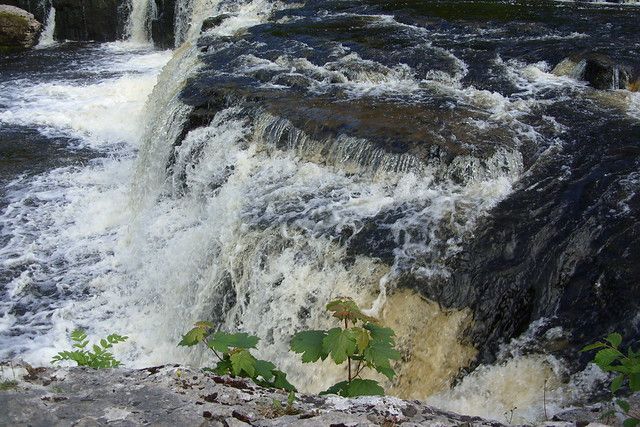
In Traditional Chinese Medicine (TCM), few herbs are as well-known and widely respected as Da Huang, also called Rhubarb Root. Known for its strong detoxifying and purging actions, Da Huang has been used for centuries to clear excess heat, eliminate stagnation, and restore balance within the body. Da Huang’s primary function is to clear heat and move the bowels. In TCM theory, when internal heat or toxins accumulate, they can cause constipation, inflammation, or symptoms such as headaches, irritability, and red eyes. Da Huang helps by promoting healthy elimination and supporting the body’s natural detox processes. Because of its potency, it is often used in carefully balanced formulas rather than on its own. Beyond its purgative effects, Da Huang also invigorates blood circulation and removes blood stasis, making it useful in conditions where stagnant blood causes pain or swelling. In modern herbal practice, it may appear in formulas that address menstrual irregularities, skin eruptions, or digestive sluggishness—always in small, harmonized doses. Da Huang is used strategically to “open the gates” and allow the body to release what no longer serves it. When combined with gentler herbs that protect the digestive system, it becomes a tool for transformation rather than harsh cleansing. Because Da Huang is so powerful, it should only be used under the guidance of a qualified practitioner. The right dose and formula depend on each individual’s pattern of imbalance. When prescribed properly, Da Huang exemplifies TCM’s brilliance: using nature’s strength to restore inner harmony. Dr. Ajay Purohit DTCM spectrumwellcare@gmail.com 407-347-5038
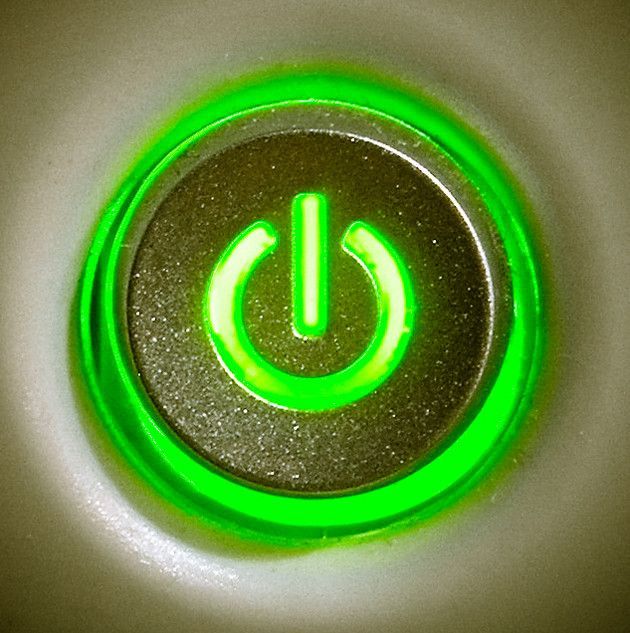
In Traditional Chinese Medicine (TCM), acupuncture points are often paired together to enhance their therapeutic effects. One particularly effective combination is San Jiao 5 (Waiguan) and Gallbladder 40 (Qiuxu). This duo is commonly used to harmonize the body’s internal and external energies, making it a powerful choice for conditions related to stress, pain, and energy flow. San Jiao 5, located on the outer forearm, is known as the Luo-Connecting point of the San Jiao channel and also a key point for releasing exterior conditions. It helps regulate Qi and clear heat, often used for headaches, neck tension, fevers, and emotional imbalances. By opening the Yang Linking Vessel (Yang Wei Mai), it connects and harmonizes the body’s Yang channels, making it highly effective for overall balance. Gallbladder 40, found just in front of the outer ankle, is the Yuan-Source point of the Gallbladder channel. It helps regulate liver and gallbladder function, alleviates pain along the channel (such as hip, leg, and ankle discomfort), and supports emotional well-being. Because the Gallbladder is closely linked to decision-making and courage in TCM theory, stimulating GB40 can also help release frustration and indecision. When SJ5 and GB40 are combined, they create a strong therapeutic synergy. Together, they address conditions like migraines, dizziness, stress-induced tension, and disorders along the Shaoyang channels (which govern the sides of the body, temples, and ears). This combination not only reduces pain and stiffness but also promotes a smoother flow of Qi, supporting both physical relaxation and emotional clarity. By harmonizing external defenses with internal balance, the SJ5–GB40 pairing exemplifies the wisdom of TCM point combinations: simple yet profound in restoring health and harmony. Dr. Ajay Purohit DTCM spectrumwellcare@gmail.com 407-347-5038

In Traditional Chinese Medicine (TCM), Da Huang, also known as rhubarb root, is one of the most important and widely used herbs in the materia medica. Belonging to the category of herbs that drain downward, Da Huang is best known for its strong purgative action, helping to clear excess heat and stagnation from the body. Da Huang is particularly effective in addressing conditions of constipation caused by heat accumulation. By promoting bowel movements, it helps release toxins, reduce internal fire, and restore balance. Beyond its laxative effect, it also cools the blood, dispels blood stasis, and clears damp-heat, making it useful in treating a wide range of conditions such as infections, inflammation, or even traumatic injuries with swelling and pain. One of the unique aspects of Da Huang is its ability to both purge and invigorate. When prepared raw, it has a strong downward-draining action. However, when cooked or wine-processed, its focus shifts toward moving blood and relieving stasis. This versatility allows practitioners to tailor its use based on the patient’s needs. Modern research supports Da Huang’s traditional functions, noting its anti-inflammatory, antibacterial, and liver-protective properties. It has been studied for its role in supporting digestive health, detoxification, and even cardiovascular function. Because of its potency, Da Huang must be prescribed with caution. It is not suitable for those with weakness, chronic digestive disorders, or during pregnancy. In clinical practice, it is almost always combined with other herbs to moderate its intensity and guide its effects. In short, Da Huang is a powerful herb that embodies the TCM principle of restoring harmony by clearing excess. When used skillfully, it provides profound relief and healing. Dr. Ajay Purohit DTCM spectrumwellcare@gmail.com 407-347-5038
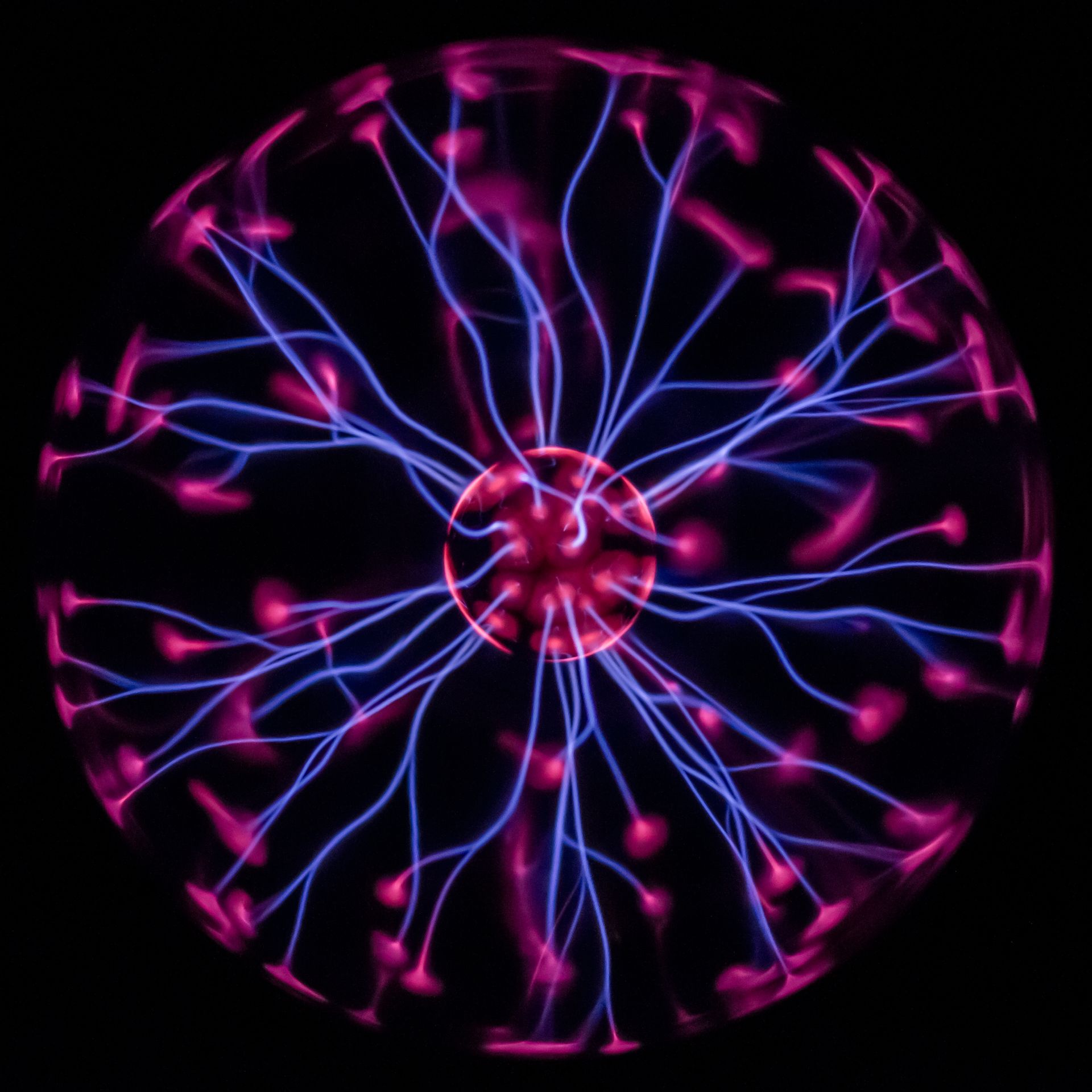
One of the most well-known and widely used acupuncture points is Stomach 36, also called Zu San Li, meaning “Leg Three Miles.” Located about four finger widths below the kneecap and slightly to the outside of the shin bone, this point has been cherished in Traditional Chinese Medicine (TCM) for thousands of years. ST36 is often referred to as the “longevity point” because of its profound ability to strengthen the body, enhance vitality, and support overall well-being. In ancient times, it was said that stimulating this point could give a person enough energy to walk another three miles, even after fatigue had set in. From a TCM perspective, Stomach 36 harmonizes the stomach and spleen, the organs responsible for digestion, nutrient absorption, and energy production. By improving the body’s ability to transform food into Qi (vital energy), this point supports immunity, reduces fatigue, and promotes balanced health. Modern research has also highlighted the benefits of stimulating ST36. Studies suggest it can help regulate blood pressure, improve digestion, boost the immune system, and even reduce stress. Because of its powerful influence on the digestive and immune systems, this point is frequently used in both preventive care and in the treatment of chronic illness. For patients, ST36 may be used to address conditions such as indigestion, fatigue, nausea, low energy, anxiety, and even knee pain. It is also a favorite for those looking to enhance resilience, maintain balance, and prevent illness before it starts. Whether you are seeking relief from symptoms or looking to maintain optimal wellness, Stomach 36 is a powerhouse acupuncture point—a natural way to strengthen the body, calm the mind, and restore balance. Dr. Ajay Purohit DTCM MPH spectrumwellcare@gmail.com 407-347-5038

San Ren Tang, also known as the Three Seed Decoction, is a traditional Chinese herbal formula that has been used for centuries to address conditions caused by dampness and heat lodged in the body. The name “San Ren” refers to the three key seeds used in the formula: apricot seed (Xing Ren), coix seed (Yi Yi Ren), and white cardamom seed (Bai Dou Kou). Together, they work harmoniously to regulate the flow of Qi, transform dampness, and release pathogenic heat. In Traditional Chinese Medicine (TCM), dampness is often described as a heavy, sticky pathogenic factor that can obstruct the normal movement of energy and fluids. When dampness combines with heat, it may lead to symptoms such as fever, chest congestion, headache, poor appetite, nausea, urinary discomfort, or a general feeling of heaviness in the body. San Ren Tang is especially helpful for conditions where dampness and heat affect the upper and middle parts of the body, such as the lungs and digestive system. The apricot seed helps to open the lungs and ease chest oppression, while coix seed gently drains dampness and strengthens the spleen. White cardamom seed, on the other hand, awakens the digestive system, moves Qi, and transforms turbidity. Supporting herbs in the formula further clear heat, promote urination, and restore balance. In modern practice, San Ren Tang may be considered for summer heat symptoms, early-stage damp-heat disorders, or digestive upset caused by humidity and poor diet. As always in TCM, formulas are prescribed based on an individual’s unique pattern, so it’s best used under the guidance of a qualified practitioner. San Ren Tang demonstrates the brilliance of classical herbal medicine—using simple yet powerful ingredients to harmonize the body and restore vitality. Dr. Ajay Purohit DTCM MPH spectrumwellcare@gmail.com 407-347-5038

Pericardium 6, also known as Neiguan, is one of the most well-known and versatile acupuncture points in Traditional Chinese Medicine (TCM). Located on the inner forearm, about two finger-breadths above the wrist crease, this point is easy to access and has been used for centuries to calm the mind, balance the body, and support overall wellness. In TCM, Pericardium 6 belongs to the Pericardium meridian, which is closely tied to the Heart and emotional health. It is often used to treat conditions related to the chest, stomach, and mind. One of its most recognized benefits is relieving nausea and vomiting, whether caused by motion sickness, pregnancy, or even chemotherapy. Many patients find that gentle acupressure at this point brings quick relief when they are feeling unsettled. Beyond digestion, Pericardium 6 is renowned for its calming effects. Because of its connection to the Heart and Spirit (Shen), it is frequently used to reduce anxiety, stress, palpitations, and insomnia. Stimulating this point can help regulate the nervous system, promoting a sense of ease and emotional balance. It is also valuable in treating chest pain, shortness of breath, and circulation issues, reflecting its role in supporting cardiovascular health. What makes Pericardium 6 especially unique is its accessibility. Even without needles, simple acupressure can provide relief at home or while traveling. For example, many people wear wristbands designed to press on P6 to prevent seasickness or motion sickness naturally. At its core, Pericardium 6 is a powerful reminder of how interconnected our emotions, digestion, and circulation truly are. Whether used for calming the mind, soothing the stomach, or supporting the heart, P6 remains one of the most effective and versatile points in the acupuncture landscape. Dr. Ajay Purohit DTCM MPH spectrumwellcare@gmail.com 407-347-5038
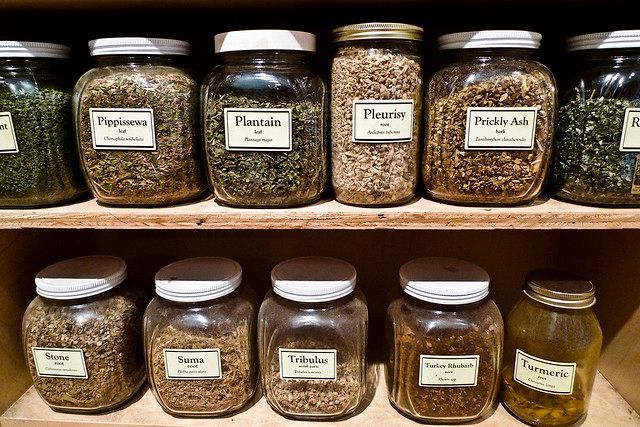
San Ren Tang, often translated as the Three Seeds Decoction, is a classic formula in Traditional Chinese Medicine (TCM) that has been used for centuries to address conditions caused by dampness and heat. Its name comes from the three key ingredients—apricot kernel (Xing Ren), coix seed (Yi Yi Ren), and amomum seed (Bai Dou Kou)—which work together to regulate Qi, promote the movement of fluids, and clear pathogenic dampness. In TCM theory, dampness can accumulate in the body due to poor digestion, a humid environment, or dietary imbalances. Symptoms of damp-heat often include feelings of heaviness, body aches, fever that worsens in the afternoon, chest congestion, nausea, diarrhea, and difficulty urinating. San Ren Tang was specifically designed to address these patterns by both transforming dampness and assisting the body in clearing heat. The three seeds form the foundation: apricot kernel helps the Lung Qi to descend, easing chest oppression; coix seed drains dampness through urination while strengthening the Spleen; and amomum seed awakens the Spleen, moves Qi, and protects against stagnation. Supporting herbs such as Hua Shi (talcum), Tong Cao, and Dan Zhu Ye further drain heat and dampness, while Hou Po and Ban Xia dry dampness and harmonize the middle burner. San Ren Tang is traditionally used for early-stage damp-warmth disorders, particularly when the dampness is predominant. It is not typically prescribed for severe heat or dryness, as the formula’s strength lies in promoting the smooth flow of Qi and fluids. For modern practitioners, San Ren Tang remains a valuable remedy, especially in humid climates where dampness easily lingers in the body. By restoring balance and easing stagnation, it exemplifies the holistic wisdom of Chinese herbal medicine.






